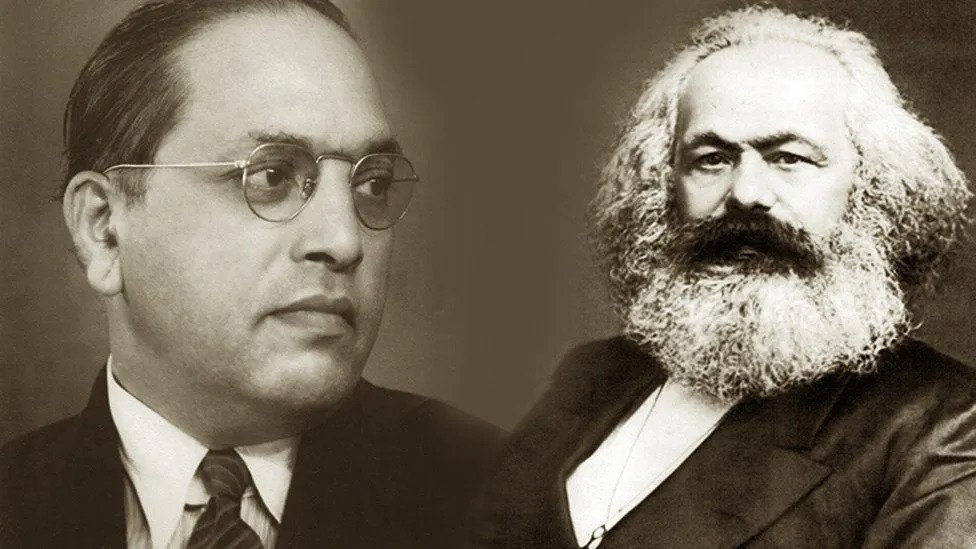By: Dr. Gyan Pathak
Though All India Survey on Higher Education (AISHE) 2020-21 by the Union Ministry of Education does not give a clear picture of the status of higher education in India, one can easily see through behind its hedgy screen the dire consequences that are on our doorstep.
The new spin that the government under PM Narendra Modi has caused in higher education by changing the overall educational environment in the country ever since it came to power in 2014 is harming even the student’s mindset. Their priorities are changing fast which could result into disaster for our largest populated country in the world, at a time when the world is looking forward to gain from the so called “demographic dividend” of our younger population.
Not to misread the survey data, a brief of the background situation would be handy, before we go further. The birth rate of India in 2020 was 17.592 per 1000 people. Over 40 lakh children were born in the financial year 2020-21. Out of over 1.41 billion population presently 34.2 crore people are between the age 15-25, the age in which students opt either for higher education or leave it for job or remain unemployed only to be exploited by unscrupulous elements, including by divisive politicians. About 24.3 per cent population is in this age group. If we include 5 years more, the population between 15-30 would increase to 26.3 per cent, over 37 crore in absolute terms.
Now, let us look at the data on higher education that has been provided by the AISHE 2020-21, which says that the responsibility for the accuracy of the data rests with the Nodal Officers of concerned Institution. Planning, Monitoring and Statistics Bureau has only compiled and analysed the uploaded data.
It should also be noted that it was for the first time the Higher Education Institutions (HEIs) of India have filled their data using an entirely online data collection platform through the Web Data Capture Format (Web DCF) developed by the Department of Higher Education and the National Informatics Centre (NIC). In spite of this, only 1,099 universities, 41,600 colleges, and 10,308 Stand Alone Institutions have filled and verified their responses out of 1,113 universities, 43,796 colleges and 11,296 stand alone Institutions. Therefore, it goes without saying that the survey fails to give a clear picture of the status of higher education in the country.
We have about 37 crore younger people in the country in the higher education age group. The Survey reveals that only 4.13 crore students were enrolled in 2020-21 as against 3.85 crore in 2019-20, which is an increase of only 28.80 lakh. Since average size of our workforce in the age group 15-29 in 2020 was only 10.19 crore, that was a fall from 11.45 crore in 2019. In 2021, workforce of this slightly rose to 10.23 crore, which is an 11 per cent decline compared to 2019. It means 22.64 crore younger people between 15 and 30 years of age were on the roads, a sure recipe for disaster in waiting. We need these people preferably in higher education, and if not, we must provide them job.
However, the Survey tried to boast that overall increase in enrolment since 2014-15, coinciding with the year when PM Narendra Modi came to power, increased by 20.9 per cent, as if people would not understand how low a progress it is in given scenario.
The overall socio-political environment of the country has been highly divisive since 2014, hatred is being encouraged as some heroic act, and students are distracted from study of science and technology to other subjects, which also included the so called “correct history” that is being implemented under National Education Policy (NEP) 2020, apart from others.
For example, there is a disturbing dip in enrolment in BTech programmes, which is the lowest in the last 5 years. Enrolment in engineering programmes in the regular or full-time mode has dropped by 10 per cent from 40.85 lakh in 2016-17 to 36.63 lakh in 2020-21. Government can boast that enrolment is highest in Engineering and Technology 27.3 per cent followed by science 23.4 per cent, future of which is at stake because enrolment in undergraduate and graduate courses has been at disturbingly low level. At a time when Covid-19 crisis has changed the world of work and the entire economy is set to be driven by science and technology, such a fall is extremely worrying.
At undergraduate level enrolment in Engineering and Technology was only 11.9 per cent the lowest among all disciplines. Enrolment in Arts was highest at 33.5 per cent, followed by science 15.5 per cent and commerce 13.9 per cent. At post graduate level, students enrolled in Social Science stream was 20.56 per cent followed by science by 14.83 per cent.
Higher education seen through the binocular of demography in still inequitable. One can see the injustice through the data. Scheduled Caste population in India is 16.3 per cent as against the enrolment of 14.2 per cent, Schedule Tribe population is 11.3 per cent but enrolment only 5.8 per cent, OBCs constitute 52 per cent but their enrolment is 35.8 per cent. The remaining 44.2 per cent enrolments are from other communities.
In this backdrop, the boasting that there was overall increase in SC student enrolment since 2014-15 is 27.96 per cent, in ST 47 per cent, and in OBC 31.67 per cent, cannot conceal the injustice in the education system still prevailing.
Most of the states in the country suffer from low enrolment on account of fewer higher educational institutions. About 53.17 per cent of the total enrolment are concentrated in only six states – Uttar Pradesh, Maharashtra, Tamil Nadu, Madhya Pradesh, Karnataka and Rajasthan.
Government universities constituting 59.1 per cent of total universities contribute 73.1 per cent of the total enrolment. Deemed universities – government aided constituting 0.9 per cent of the total universities account for 0.6 per cent, whereas the 40 per cent Private Universities account for only 26.3 per cent of total enrolment. This situation calls for increasing student teacher and non-teaching staff ratio especially in government universities. Presently only 15.5 lakh teachers are teaching 4.13 crore students, with PTR in universities and colleges is 24 and for universities and constituent units in regular mode is 19.
Pass-out level is still low, which was only 95.4 lakh in 2020-21 as against 94 lakh in 2019-20. We are thus clearly losing our students in large number being unsuccessful. At undergraduate level, Out-turn at BA level was 20.5 lakh, followed by BSc 11.3 lakh, BCom 10.2 lakh, and BE & BTech 8.3 lakh. At PG level out-turns in MA was 5.4 lakh, MSc 2.9 lakh, MBA 2.2 lakh, and MCom 1.6 lakh. It is a serious problem, which must not be kept under carpet. (IPA Service)







